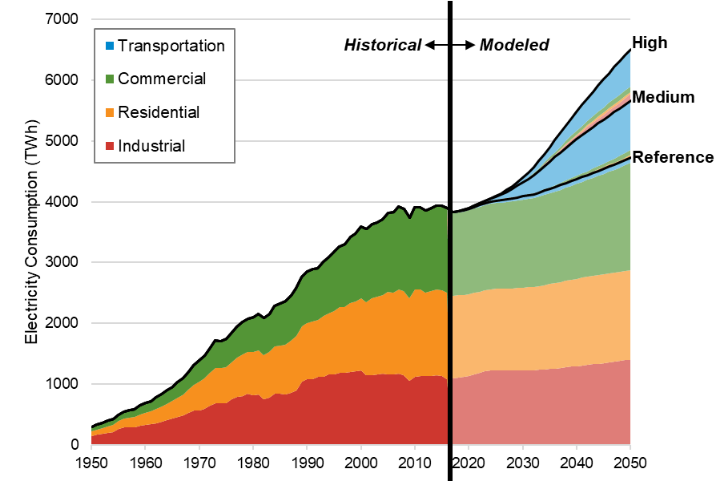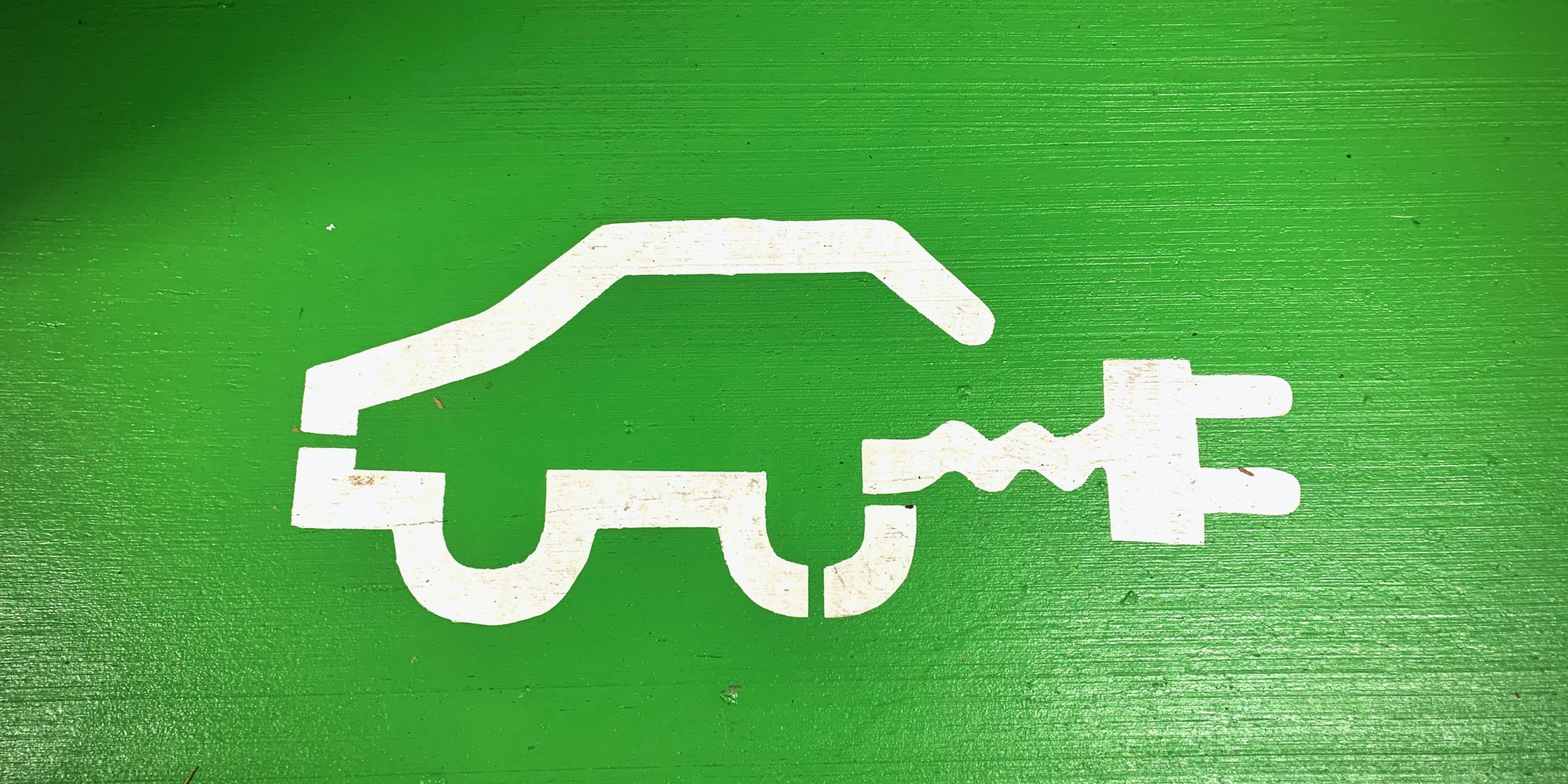Depending on whom you ask, some will say that electric vehicles have only been around for a couple of years. Others might claim it’s been over two decades since EVs made their debut, with General Motors launching the EV1, which was made famous in the film “Who Killed the Electric Car?,” in the late ‘90s. Fewer still will report that over a century ago, a battery-powered carriage was displayed at the 1893 Chicago World’s Fair.
That said, most would make the case that electric vehicles are having a day, with Tesla making headlines about its market valuation, Amazon’s goal to deploy 10,000 electric vans by 2022, GM committing to sell only zero-emission vehicles by 2035, Ford’s $29 billion commitment to electric and self-driving cars or the White House administration’s plan to replace the federal fleet with electric vehicles.
What does this mean for the electric grid? To start, don’t fret. Electric utilities have been adapting to increasing energy demand for decades, and, more recently, the growth was slowing.

All things considered, electric vehicles provide both a challenge and an opportunity as utilities continue to deliver safe, reliable and affordable power. NREL and others have modeled multiple “high, medium and low” scenarios for total electricity consumption. As utilities transition away from fossil fuels and into cleaner energy, electric generation will be an important consideration. But across the electric system, including transmission and distribution, the crux of what will make EVs a challenge and opportunity is when electric vehicles are being charged.
With more wind and solar, the mix of electric generation is increasingly becoming dynamic. Additionally, key transmission lines are seeing constraints, and the distribution system is diverse across a variety of geographies. Utilities and technology providers are working to optimize energy delivery to adapt to fluctuating generation and optimize the grid for keeping electricity affordable.
If electric vehicles charge during peak times in certain locations, it will drive (pun intended) increased spending on new infrastructure. Alternatively, if EV charging occurs during off-peak times, it could get more use out of our underutilized infrastructure, actually putting downward pressure on rates. This dynamic isn’t just for electric vehicles. Utilities have been working to reduce the peak usage of air conditioners for years. In addition to load control programs, time-of-use rates send price signals to encourage consumers to shift the time in which they use energy for any device.
Regardless, electrons are essentially invisible, so how do consumers understand their usage and these time signals? Currently, wireless real-time energy monitoring, from smart AMI and drive-by AMR meters, provides a scalable solution for utilities to enhance the customer experience and manage demand when it matters most to the grid. With faster data, Copper can identify major appliances like EVs and automate personalized mobile app notifications, such as “It looks like you just plugged in your EV during peak times. If you wait to charge, you can save with off-peak rates.” Additionally, Copper’s utility portal enables utility-initiated behavioral demand response and new program messages to targeted audiences based on major appliances, geography and energy demand.
At this point, it seems clear that electric vehicles have hit a point of inflection in which they will become the standard, changing the landscape of how we power vehicles across the nation. As stated before, utilities are prepared to continue serving this new market. But just like EV technology has advanced since the Chicago World’s Fair, utilities will too. Will they turn the challenge into an opportunity by modernizing the way they engage consumers, make data-driven decisions and manage load? We probably won’t have to wait very long to know.
